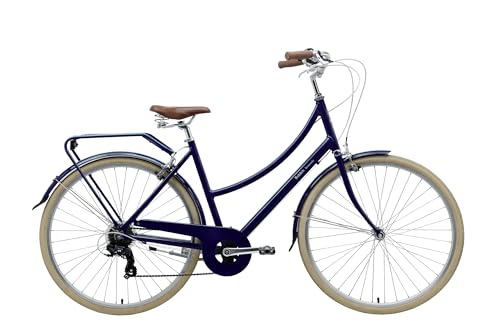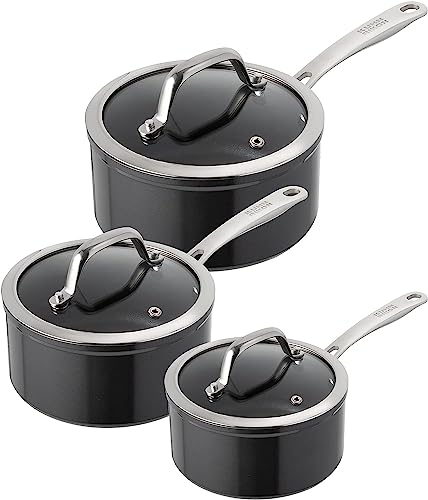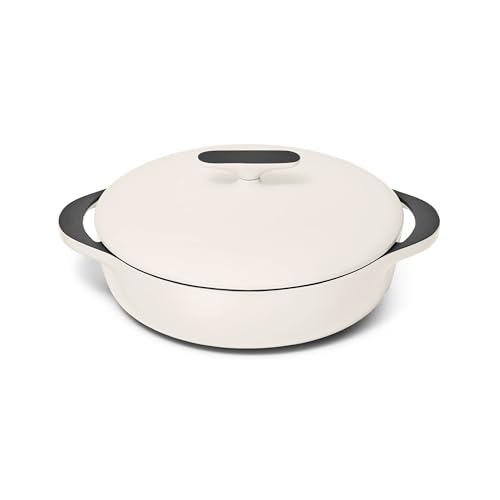Understanding Dutch Bikes: What Sets Them Apart?
The Unique Design of Dutch Bikes
Dutch bikes are known for their distinctive, upright riding position that promotes comfort and ease. This design allows riders to enjoy the scenery without straining their neck or back. The frame is often heavier and sturdier than other types of bicycles, contributing to its durability and stability. Many Dutch bikes also feature a step-through frame, making it easy to mount and dismount, especially when wearing everyday clothing.
The Focus on Practicality
One of the main characteristics of Dutch bikes is their emphasis on practicality. These bikes are designed for daily use, whether it’s for commuting, shopping, or leisurely rides through the park. They come equipped with built-in racks, chainguards, and fenders, ensuring that riders can carry their belongings without worrying about getting wet or dirty. This practicality extends to the types of accessories that are often included, such as lights and comfortable seating.
The Essential Features of a Dutch Bike: What to Look For
Frame and Build Quality
When selecting a Dutch bike, pay close attention to the frame and overall build quality. A high-quality frame will be made from durable materials like steel or aluminium, which can withstand daily wear and tear while offering a smooth ride. Look for a frame that feels sturdy and reliable, as this will impact your overall cycling experience.
Gearing and Brakes
Another crucial feature is the gearing system. Most Dutch bikes come with a single-speed gear, which is ideal for flat terrains but if you live in a hilly area, consider bikes with internal hub gears. As for brakes, many Dutch bikes utilize drum brakes; these are low maintenance and offer reliable stopping power. However, if you prefer disc brakes, look for models that feature them, as they perform better in varied weather conditions.
Comfort Features
To ensure a pleasant ride, check for comfort features such as a wider, padded seat, ergonomic handlebars, and suspension in the front fork. These elements can significantly increase your riding pleasure, especially on longer journeys. Ensure the bike fits you well, which may require testing different models to find the perfect match.
Choosing the Right Dutch Bike for Your Needs: Size and Style Matters
Finding the Right Size
Choosing the right size bike is fundamental for a comfortable ride. Measure your height and inseam to find a bike that matches your dimensions. A bike that’s too big or too small can lead to discomfort and potential injury. Many manufacturers offer size charts that can guide you in selecting the appropriate bike size.
Selecting the Right Style
Dutch bikes come in various styles to suit different needs and personal preferences. Whether you want a classic city bike, a transport bike with a large front rack, or a cargo bike for carrying heavier loads, consider how you intend to use the bike daily. Your choice should reflect your personal style while serving practical purposes.
Accessorising Your Dutch Bike: Must-Have Extras for Everyday Riding
Essential Accessories to Consider
When it comes to accessorising your Dutch bike, think about your daily needs. A reliable front and rear light set is essential for safe riding, especially in low-light conditions. A sturdy basket or a rear rack can facilitate shopping trips and errands, while locks are critical in keeping your bike secure when you park it.
Comfort Enhancements
Adding accessories that enhance comfort can make your rides more enjoyable. Consider purchasing ergonomic grips, a cushioned saddle cover, or a gel seat pad. Additionally, a phone holder can be incredibly useful for navigation or music while cycling. With the right accessories, your Dutch bike can truly become a reflection of your lifestyle.
Maintaining Your Dutch Bike: Tips for Longevity and Performance
The Importance of Regular Maintenance
To ensure your Dutch bike remains in top condition, regular maintenance is key. Check the tyre pressure before each ride to ensure a smooth journey and inspect the brakes frequently for wear. Keeping everything clean and lubricated will not only help maintain performance but also prolong the lifespan of your bike.
Addressing Common Issues
Be aware of common issues that can arise with Dutch bikes, such as rust or chain problems. If you notice any rust on the frame or components, consider cleaning it and applying protective paint. For chain maintenance, regularly clean and lubricate to prevent stiffness and enhance performance. Following these simple upkeep tips will ensure your Dutch bike remains your trusty companion for many years.

























